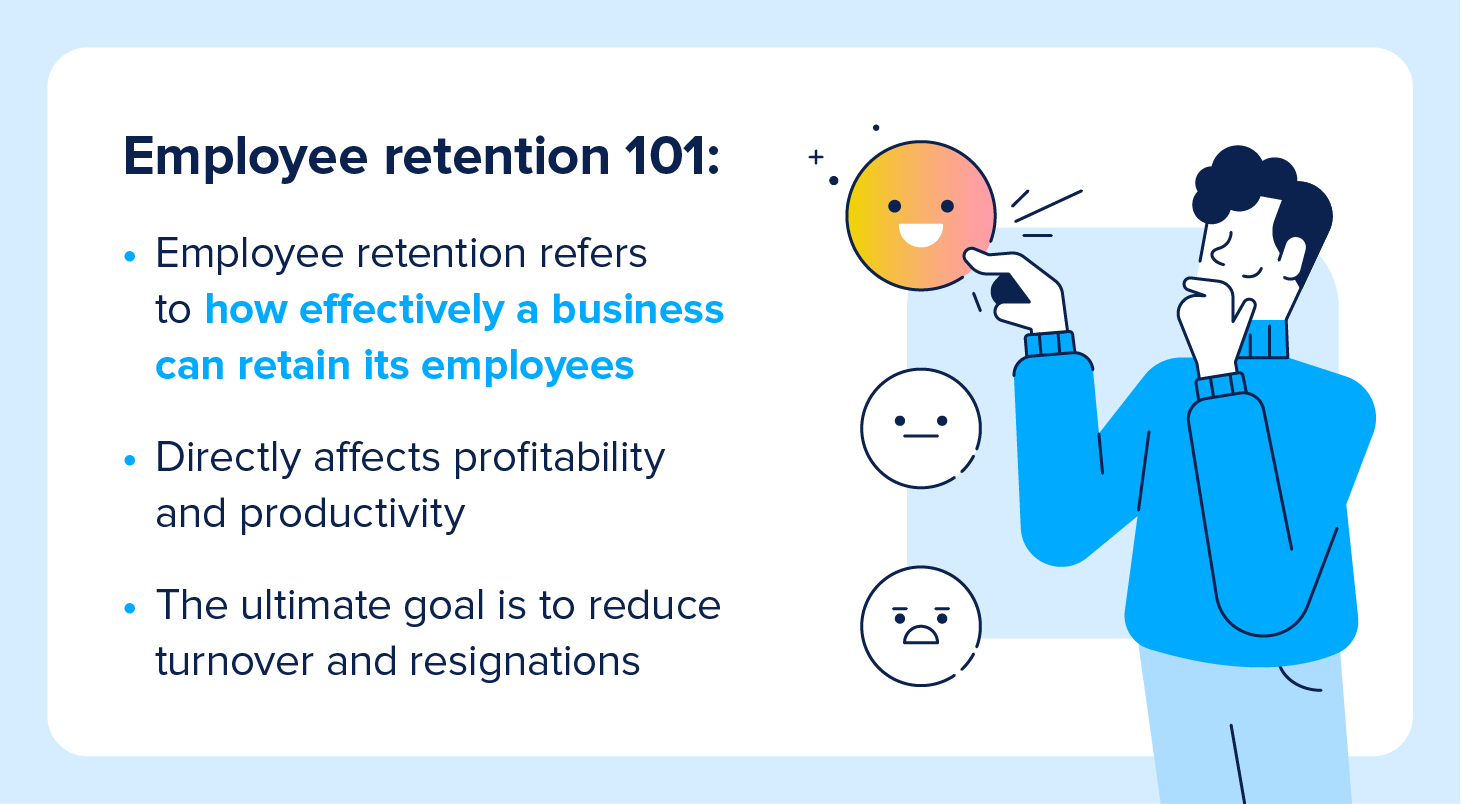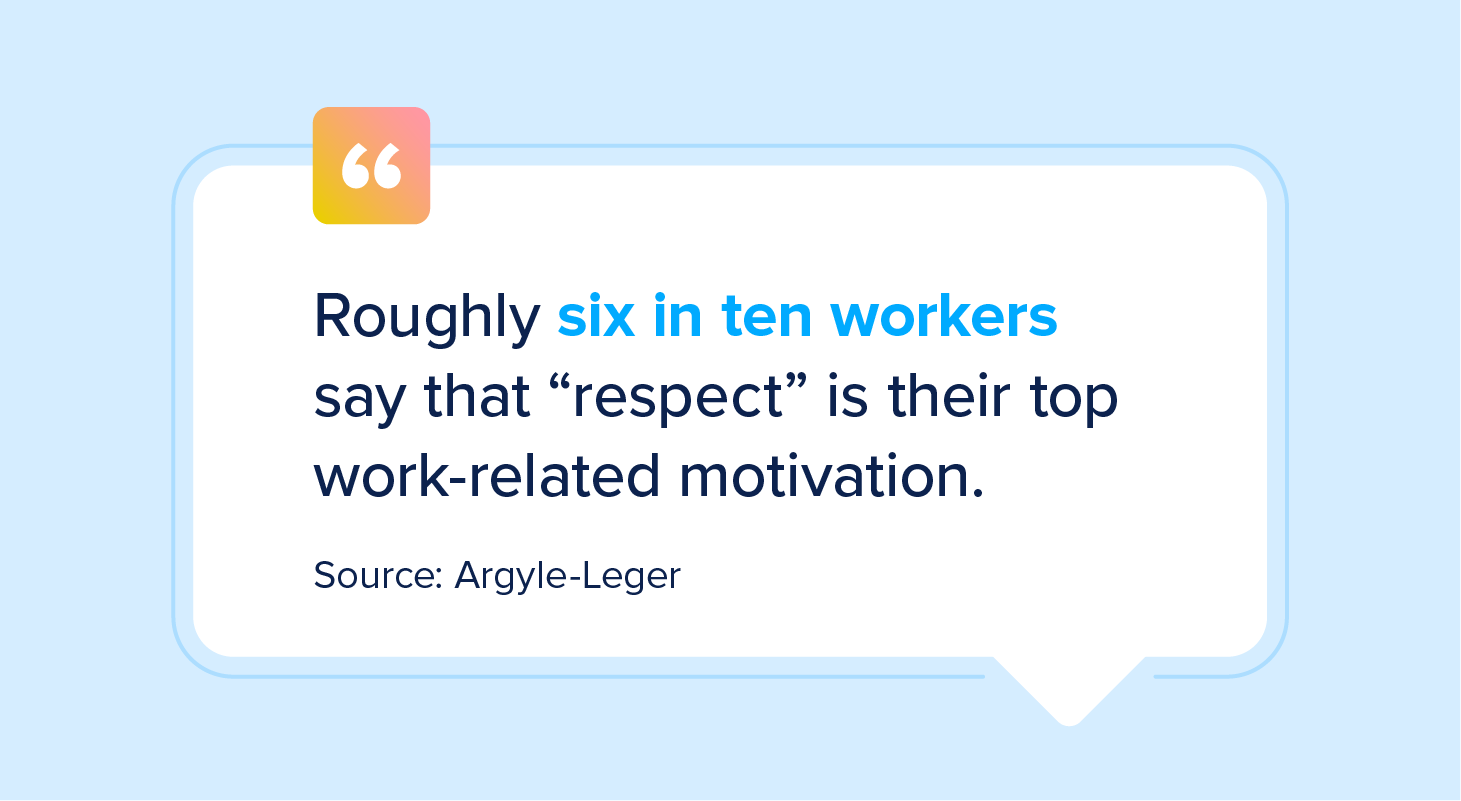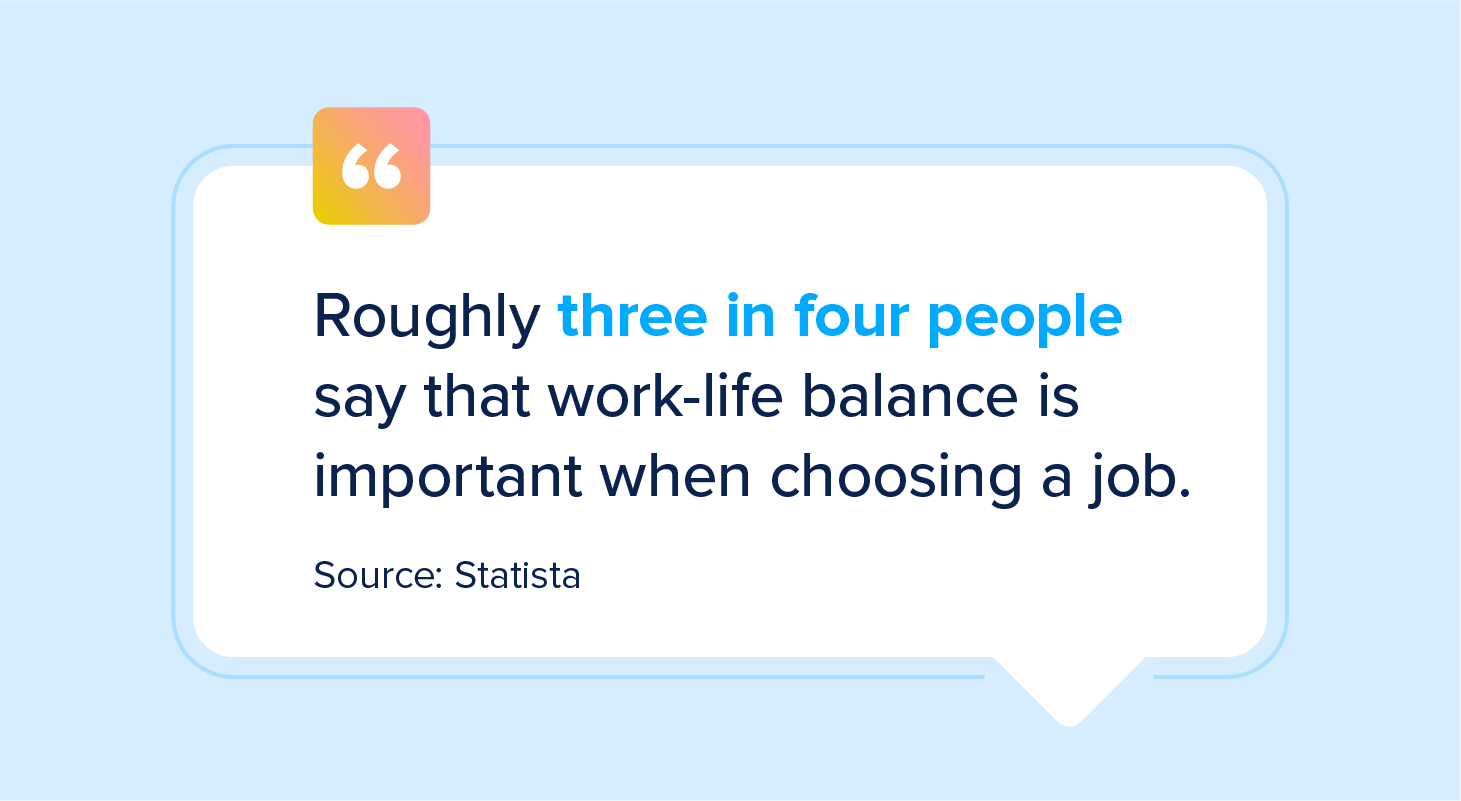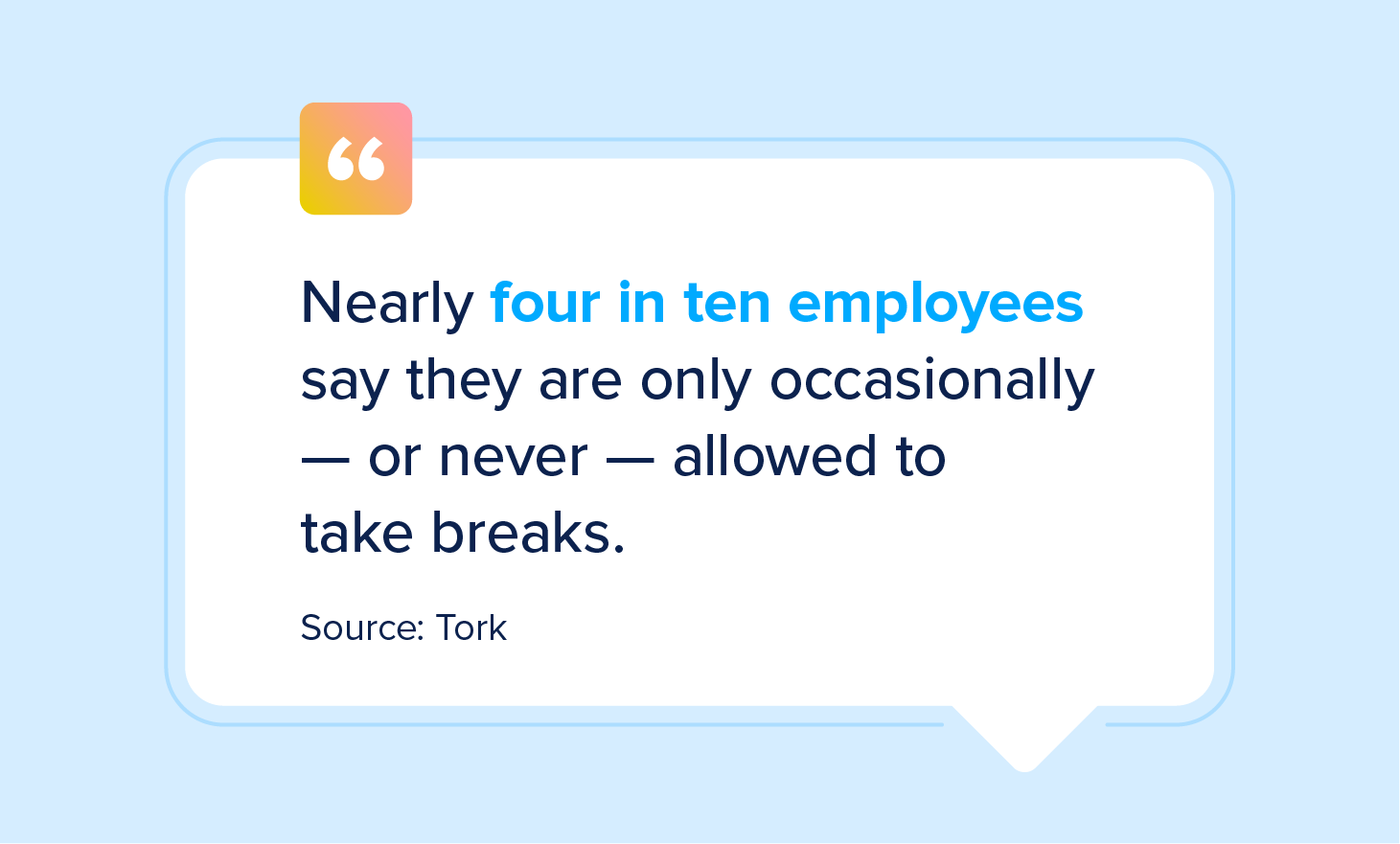16 Employee Retention Strategies to Keep Your Best Workers

If employee retention isn’t at the forefront of your management strategy, it should be: especially considering it can cost up to two times an employee’s salary to replace them.
While workers leaving for greener pastures can certainly sour your balance sheet, there are a number of methods — otherwise known as employee retention strategies — that you can use to keep turnover to a minimum. From celebrating accomplishments to ongoing learning and development, there are plenty of ways to keep your best employees on your payroll long-term.
Read on to learn about sixteen ways you can improve employee retention in your organization, and how using tools like we offer at ZoomShift can aid in creating the best possible workplace for your staff.
What is Employee Retention?
Employee retention refers to how effectively a business can keep, or retain, its employees.
The ultimate goal is to reduce turnover and resignations through initiatives that keep staff happy, engaged, and confident about their long-term future with their employer. Employee retention strategies, like the examples we highlight in this article, can be used to achieve these goals and make your employees feel valued.
Why is Employee Retention Important?
Employee retention is important because it directly affects the profitability and productivity of an organization.
As we previously highlighted, replacing employees is an expensive task. When a new position has to be filled, interviews, new hire training, and other financial and resource-intensive steps need to be taken — and that doesn’t even consider the time it takes for a new hire to become as efficient as their predecessor: a process that can take up to eight months.
Overall, it’s in an organization’s best interests, both financially and productively, to do everything it can to retain good employees.

Current State of Employee Satisfaction and Employment Levels in 2024
Employee satisfaction in 2024 reflects a mix of contentment and areas for improvement. Approximately 49% of U.S. employees report being completely satisfied with their jobs. While this statistic looks encouraging, it’s not when you compare it to the 56% of employees who were satisfied back in 2020.
In addition, 88% of employees are at least somewhat satisfied with their current jobs. When asked to rate this job satisfaction by specific characteristics, American employees chose physical safety standards, job security, and vacation time as factors they are most satisfied with. On-the-job stress and salary were the most poorly rated, with only 36% of the employees being fully satisfied with these aspects.
Employee engagement is also a good measure of job satisfaction. It refers to the involvement and enthusiasm of employees in their work. Only 36% of the employees in the U.S. consider themselves to be engaged in their work. This number is even lower on a global scale — only 23% of employees worldwide are actively engaged in their work.
Interestingly, while overall job satisfaction has decreased over the years, employment levels have remained stable. According to the Bureau of Labor Statistics, unemployment is currently at a record low of 3.7%.
However, job gains are expected to slow down and the unemployment rate is predicted to slightly increase. This is an indication that the economy is cooling off after a rapid recovery that was seen in the years following the pandemic.
The hiring rate as of November last year stood at 3.5% with the total number of people quitting their jobs (or getting fired) in a month down to 5.3 million from 5.5 million. This indicates a more stabilized labor market with less turnover, suggesting that while new job creation would slow down, existing jobs are becoming secure.
16 Employee Retention Strategies for 2024
Now that we’ve covered why employee retention is important, here are sixteen strategies you can implement to improve it in your organization.
1. Give your employees the tools they need to succeed
All too often, employees aren’t being supported as well as they could be.
For some organizations, employee support begins and ends with regular meetings. While it’s a great practice to conduct consistent one-on-ones (something you will see later in this list), that shouldn’t be where the assistance ends. If you want to truly empower your employees, you should provide them with tools to make their job easier.
Take a look at the day-to-day tasks of your staff and see if there are any tools you could invest in to improve their work: that may look like a scheduling tool, or software that can replace mundane tasks. Consider solutions like Getguru.com, which offers an advanced knowledge management platform. By implementing Guru, your employees can easily access and share information, streamlining their workflows and enhancing collaboration, ultimately making their tasks more manageable and efficient.
Key takeaway:
Support your employees in every way possible. Some may need guidance on how best to complete a project, and some may need tools or software to make their day-to-day tasks easier.
For the latter, consider an all-in-one employee management tool like we offer at ZoomShift. Even having the ability to complete simple tasks such as swapping shifts, scheduling PTO, and communicating with their coworkers can have a valuable impact on employee morale and retention.
2. Give positive feedback
Employees need feedback and guidance to develop, but finding the sweet spot between positive and negative feedback can be difficult to manage. That being said, you should strive to give more positive feedback to your employees whenever possible.
According to a study by Harvard Business Review, the ideal ratio between positive and negative suggestions is 5.6 to 1 — in other words, high-performing teams average nearly six positive comments to every negative one. Additionally, three in four employees believe receiving feedback is valuable.
Key takeaway:
It’s important to schedule regular meetings with your employees to touch on their performance, goals, and to deliver feedback. In these sessions, remember that although negative feedback is valuable, ensure you are delivering positive comments more frequently.
3. Encourage employee creativity
Ongoing creativity is crucial for a successful organization, yet according to a Gallup survey, roughly four in ten employees are only allowed to be creative at work a few times a year — if at all.
Innovation can come from anywhere in your organization, and it’s important to empower employees to offer suggestions wherever possible. Doing so will make your staff feel as if they are being heard while fostering innovation in the process.
Key takeaway:
Encourage employee creativity in the workplace with a few methods such as:
- Create opportunities: It’s unrealistic to announce a new creative initiative and expect ideas to pour out in your next staff meeting. Create opportunities for employees such as contests or assignments to get the creative juices flowing.
- Offer rewards: Creative opportunities need to be incentivized in some way. Offer periodic gift cards or free PTO days to encourage staff participation.
- Hire a diverse staff: If everyone in your organization has the same background, it can be hard to think outside the box. Make your hires with diversity in mind to assemble a team with many different viewpoints and experiences.
4. Foster respect
Employees want to feel like they matter in your organization, and that can be achieved with respect.
In fact, according to a recent Argyle-Leger study, roughly six in ten workers say that “respect” is their top work-related motivation — ranking more popular than learning, purpose, or flexibility. With a variable this important for employees, your organization needs to take note.
Key takeaway:
Foster a workplace culture of respect by giving positive feedback often, encouraging creativity and collaboration, and empowering your team whenever possible. Value kindness and thoughtfulness throughout your organization, and make sure your employees feel appreciated.

5. Give employees a chance to grow
Oftentimes, companies will value outside hires when prominent roles become available, leading to a lack of focus on internal training and development.
However, sparse advancement opportunities can become a source of employee strife, leading to a smaller desire to stay with your organization long-term. Ongoing employee development programs will make your staff feel valued, give them something to look forward to, and will show them you care about their career growth.
Key takeaway:
Foster a workplace training program with either in-house content or established programs from respected voices in your industry. Try creating your training videos using a free screen recorder tool. Doing so will improve your workforce, and communicate that they are part of your long-term plans.
6. Encourage feedback from employees
Every organization gives feedback to its employees, but not many encourage feedback from its employees.
Not accepting feedback can result in a long-winding spiral of employee unrest. When workers feel as though their voice doesn’t matter, they may become apathetic and sour their view of your company. This, in turn, can foster a pessimistic environment that stifles innovation.
Key takeaway:
Establish a constructive culture in which employees are encouraged to voice their opinions on internal or customer-facing processes. This can either be in periodic one on one meetings with their manager, or in the form of online surveys. When employees feel like their ideas are being heard, they will be more engaged in their work. Use one of these feedback form templates to set up your survey.
7. Promote inclusion
No matter if it’s a new hire or an established employee, everyone wants to feel like a welcomed and valued member of your organization.
However, inclusion isn’t just a workplace issue that improves morale — it can measurably impact production. Research from Deloitte found that inclusive businesses outperform their peers by up to 80%. It’s apparent that the more you involve your employees, the more productive your business can become.
Key takeaway:
From hiring and leadership to professional development, establish a comprehensive culture of inclusion. Make sure every team member has frequent meetings to discuss job feedback and give them opportunities to bring ideas to the table.
8. Constructively challenge your employees
Well-rounded employees are effective employees — and to get well-rounded employees, they need to be challenged periodically to build their skills.
That being said, there’s a fine line between constructive and destructive challenges. Asking an employee to contribute to a task outside their comfort zone once or twice a month could be a constructive way to round out their skills. However, scheduling employees for difficult tasks frequently can cause frustration, burnout, and demoralization.
As far as the tasks go, start small. For example, challenge an employee to lead a meeting or head up an account that they are familiar with.
Key takeaway:
Challenge your employees constructively but make sure not to push them too far. Some actions you can take to find that sweet spot include:
- Show support: Let your employees know you are challenging them because you believe in their abilities. That added support can lead to increased motivation and morale.
- Lower the stakes: Establish that failure is acceptable as long as lessons are learned. Reward the effort, not simply the result.
9. Encourage a healthy work-life balance
Now more than ever, employees and job-seekers are prioritizing a healthy work-life balance.
According to research from Statista, roughly three in four people say that work-life balance is important when choosing a job. This means your organization needs to establish a healthy working culture to ensure you are retaining your top talent.
Key takeaway:
When your team members feel they have adequate time outside of work, they are likely to increase their efficiency and stay with your organization. Look into initiatives such as establishing regular work hours, monitoring employee overtime, and exploring work-from-home options if applicable.

10. Earn the trust of your employees
Employees are more likely to perform better and stay long-term with your organization when they believe in management and the company name as a whole.
A study from Deloitte has shown that employees who trust their organization are 260% more motivated to work and 50% less likely to look for other employment — but that can be hard to establish, as 25% of them don’t trust their employer.
Key takeaway:
Find every opportunity to foster engagement and create trust with your staff. A few ways you can do this are:
- Build employee relations
- Emphasize honesty and transparency
- Motivate your team effectively
- Give credit to your employees for successes, and blame on your shoulders for failures or missteps
11. Make your team feel connected
When your organization is connected, individuals feel secure and motivated to do their best work.
Connecting with your team brings out the best in them — allowing them to feel comfortable expressing their ideas, and feel as though they are in the right place to grow professionally. When employees feel comfortable and accepted by their coworkers, they are empowered to do their best work.
Key takeaway:
Find new opportunities to connect with your employees such as dedicated meetings, office happy hours, or other similar team-building activities.
12. Offer a competitive wage
One of the biggest factors for employees choosing and staying with a job is compensation.
Staff members want to feel that they are being paid adequately for their effort, as overworking and underpaying employees is a recipe for perpetual turnover. Additionally, employees want to be paid in line with the industry standard, and if they aren’t receiving that salary from you, they will likely look elsewhere for employment.
Key takeaway:
Periodically review your wages to determine if you need to make any adjustments to stay competitive in the marketplace. Employees need to be able to cover the cost of living and provide for their families, all while battling inflation — make sure your wages reflect that.
13. Avoid sudden workplace changes
If you find yourself needing to introduce new initiatives or systems in your company, take a slow-and-steady approach as to not overwhelm your employees.
Change is inevitable, but it can also be stressful. Business owners like to think of their employees as strong, capable individuals, but without clear communication, sudden changes can make workers nervous about the status of their position.
Key takeaway:
When changes are necessary, take a gradual approach to ease your employees into the new situation. Additionally, it may be wise to schedule more one on one meetings with your workers to field any questions they may have, and reassure them of their ongoing role in your organization.
14. Create a clean and safe environment
In full-time situations, your employees are spending a third of their day in your workspace — ensure that it is a clean and safe environment.
Beyond establishing a regular cleaning schedule to keep the office free of dirt and clutter, it may be wise to carry out regular risk assessments. Doing so can identify potential hazards in the workplace, while also giving an opportunity to update health and safety protocols.
Key takeaway:
Put a plan in place to keep your workplace organized, and conduct regular risk assessments. Initiatives such as these will make your staff feel safe.

15. Provide adequate breaks/rest periods
In the U.S., working long hours can be seen as a badge of honor or commitment to an organization, but when workers aren’t given adequate breaks, they become less productive and less enthusiastic about their position.
According to a survey from Tork, nearly four in ten employees say they are only occasionally (or never) allowed to take breaks during the workday, while at the same time, nearly 95% agree that they are happier when they are allowed to take breaks.
Key takeaway:
Evaluate everyone’s schedule and ensure all workers are being given adequate rest periods. As a thought, try adding fifteen minutes to everyone’s rest period and see if you experience any bump in productivity.
16. Recognize employee successes and contributions
Employees want to feel appreciated for the work they do — and this can be seen not only in employee behavior but in HR professionals as well.
In a recent survey, nearly four in ten employees said that recognition was the most important factor or motivator for their position, while nine in ten HR professionals agree that recognition makes employees more likely to stay with their current employer.
Key takeaway:
If you don’t already have one, take time to create a system that recognizes employee contributions. This could be a shout-out in a company-wide meeting, a monthly email sent to all team members, or a post in the company Slack channel or other communication hub.
ZoomShift can aid in employee retention
Keeping employees around long-term is crucial in maintaining an efficient business operation. To do so, you should utilize a number of employee retention strategies that we outlined above such as giving positive feedback, promoting inclusion, and offering a competitive salary.
That being said, don’t be afraid to lean on software to make your and your employees’ lives easier. Employee management systems like we offer at ZoomShift can assist your workers in managing their schedule, submitting PTO requests, communicating with their coworkers, and a host of other features to keep them happy day-to-day.
Create an account for free today!
JD enjoys teaching people how to use ZoomShift to save time spent on scheduling. He’s curious, likes learning new things everyday and playing the guitar (although it’s a work in progress).



